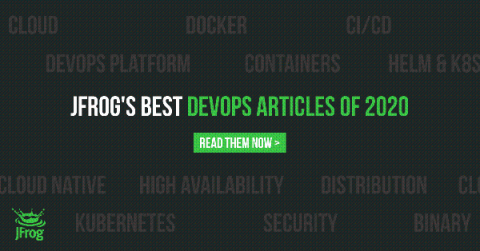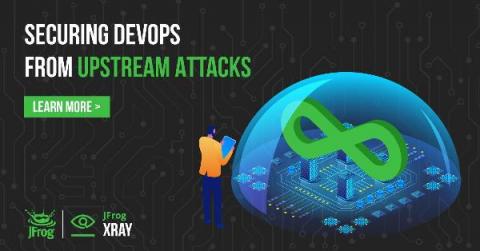Simply the Best: JFrog's Top DevOps Articles from 2020
In 2020, JFrog’s experts published a treasure trove of content — blogs, articles, infographics, and more — to share insights and advice with our customers and the DevOps community at large. In case you missed them — or want to re-read them — here’s a list of the most popular ones. They range from a primer on container registries to an explainer on achieving high-availability for your Maven repository.











